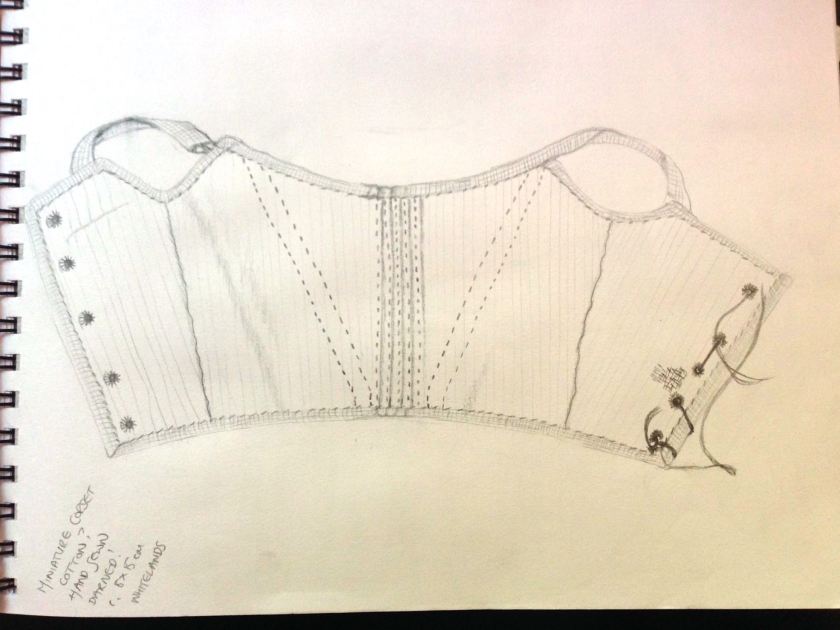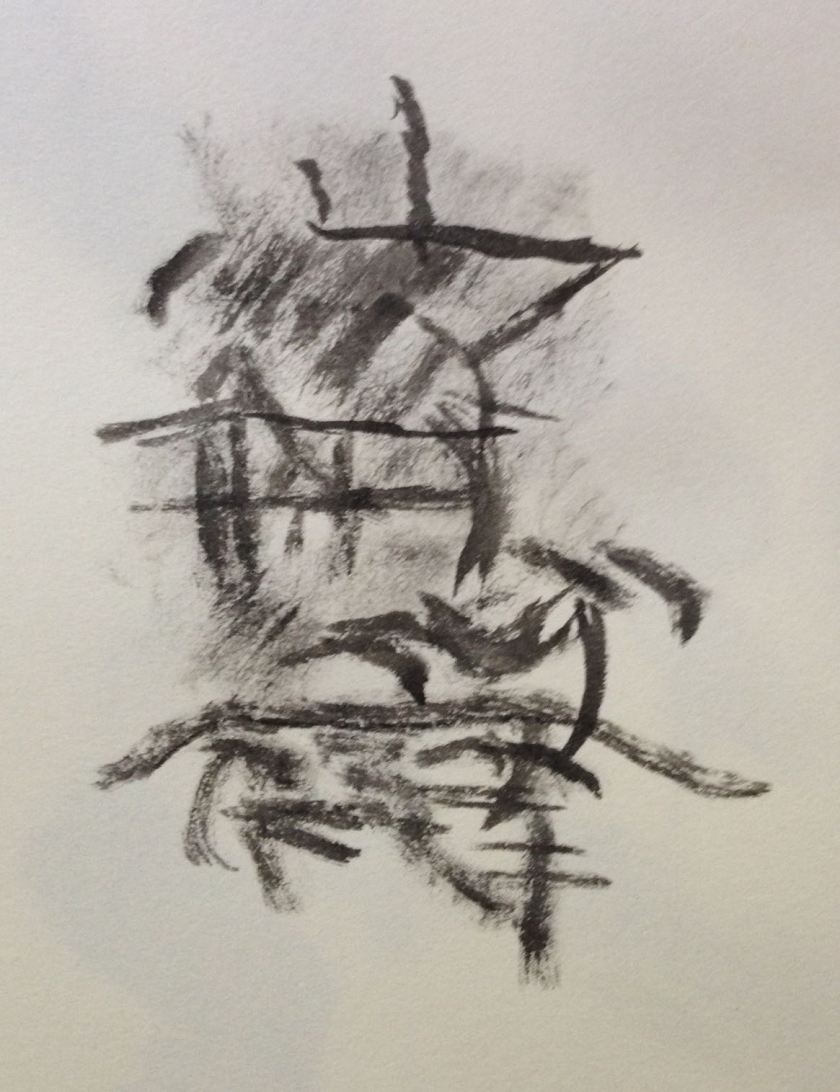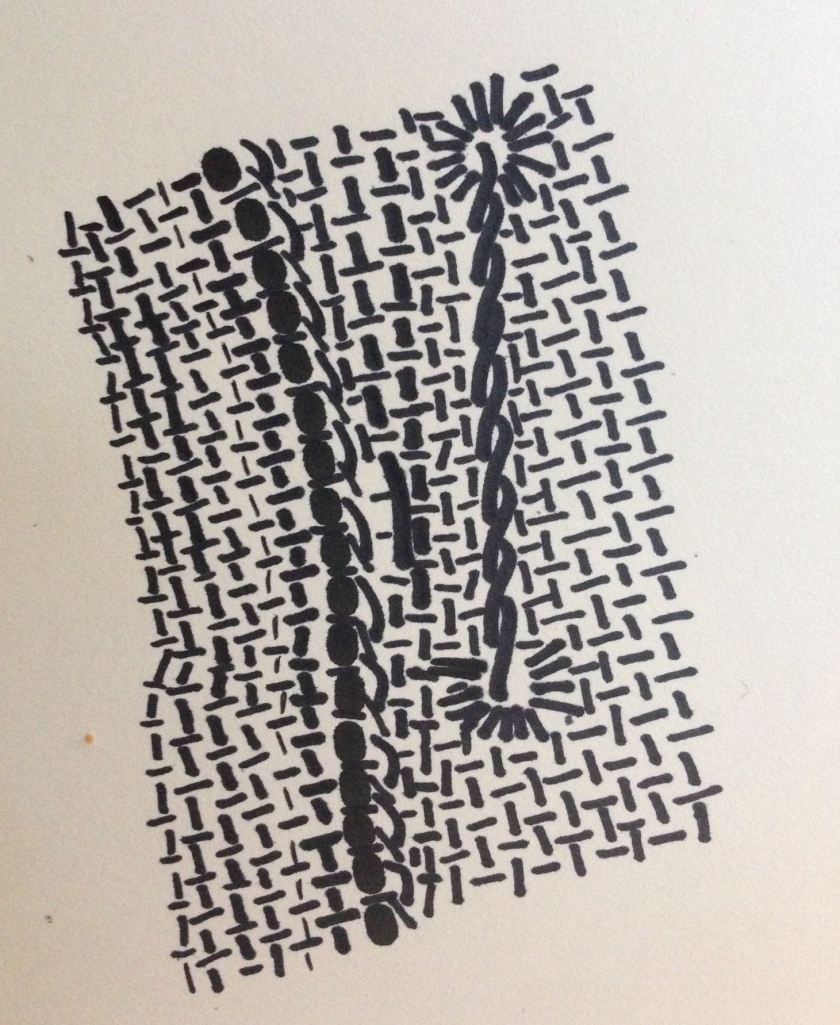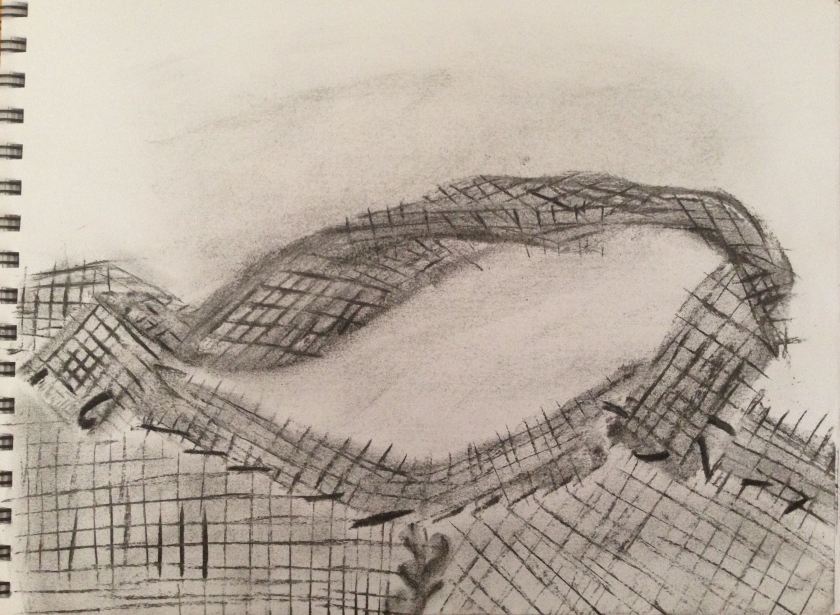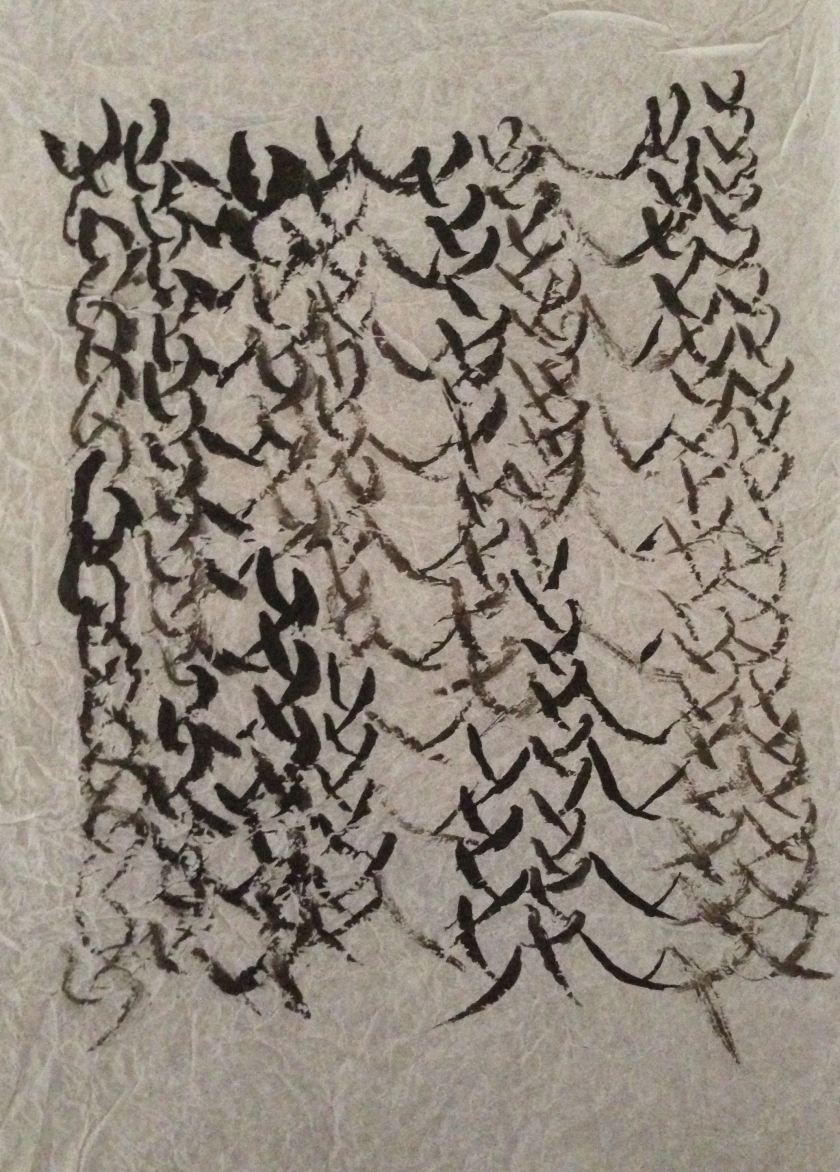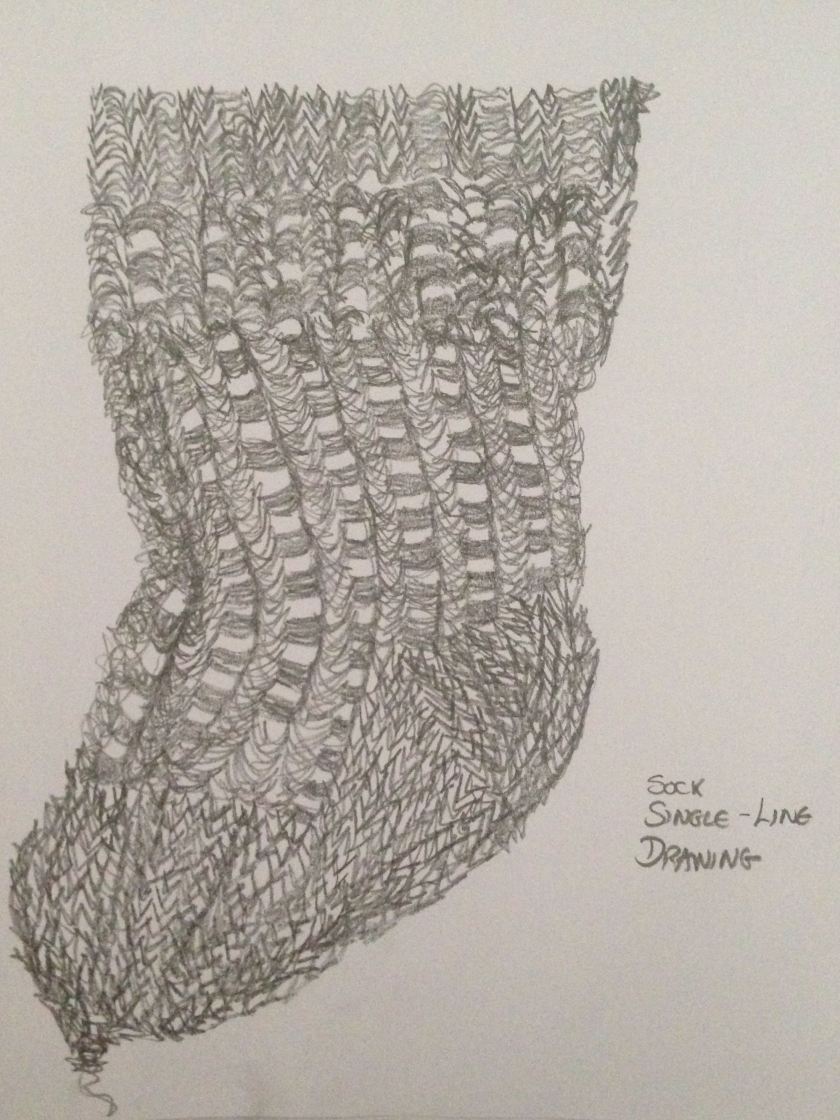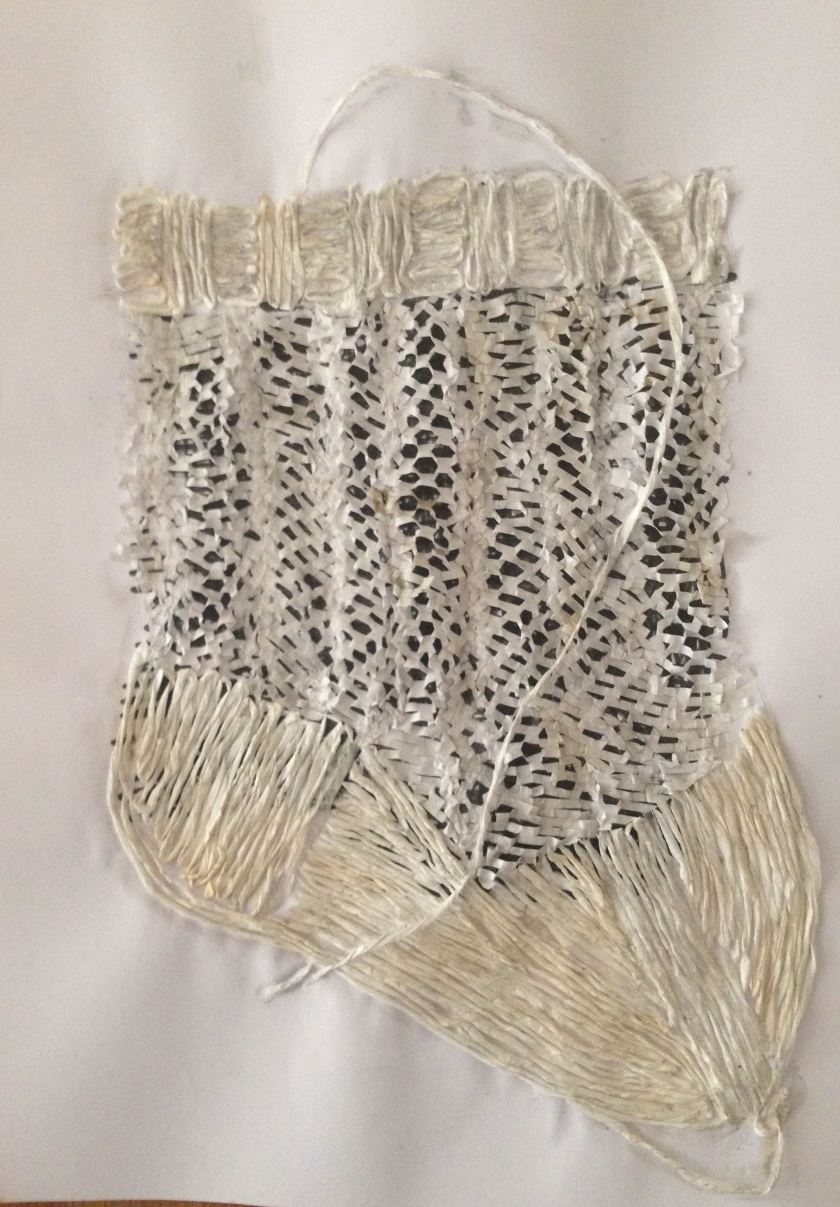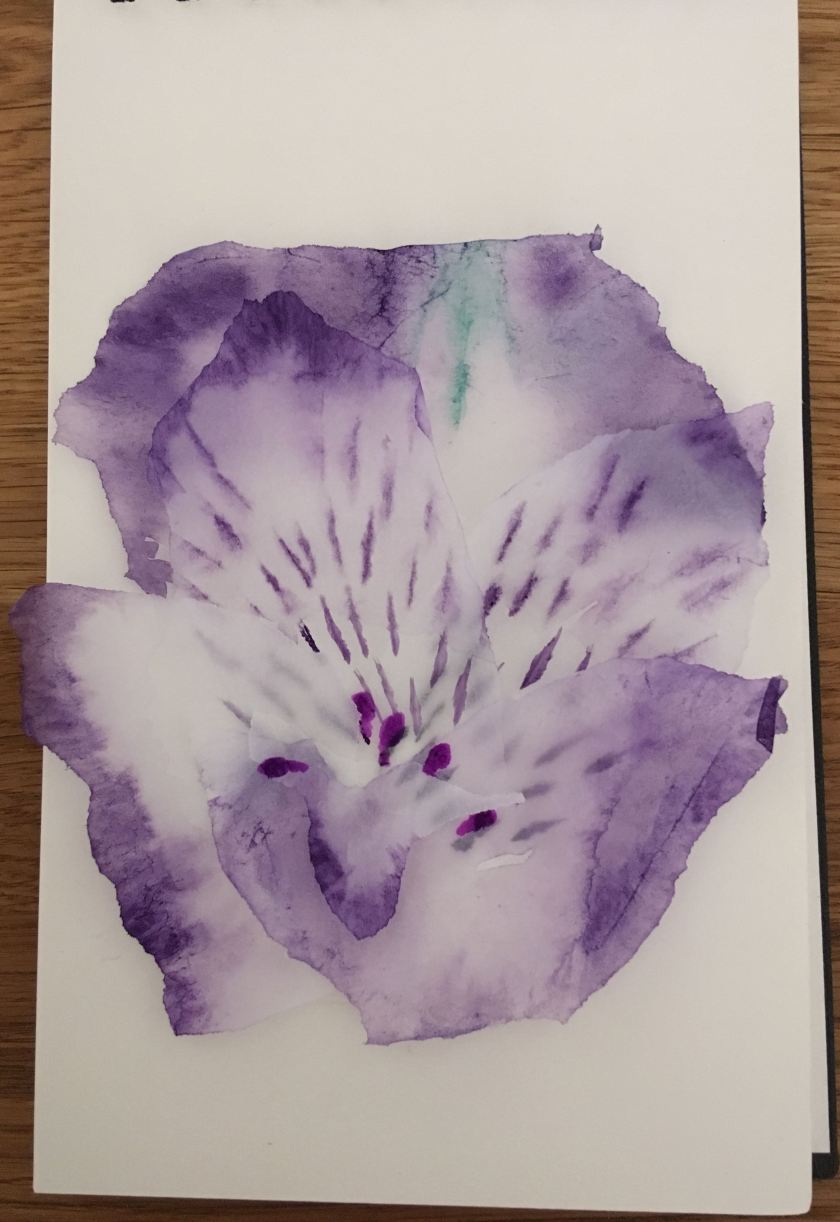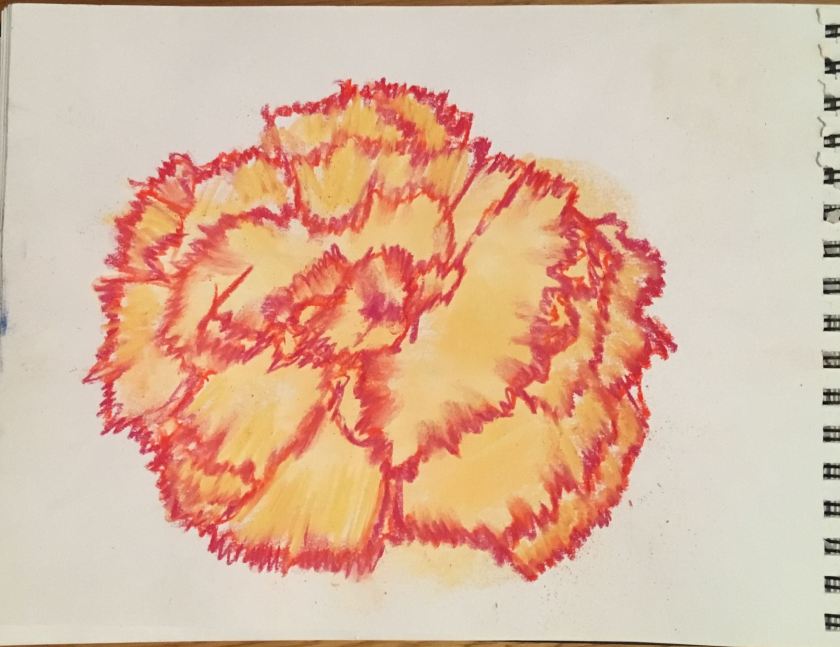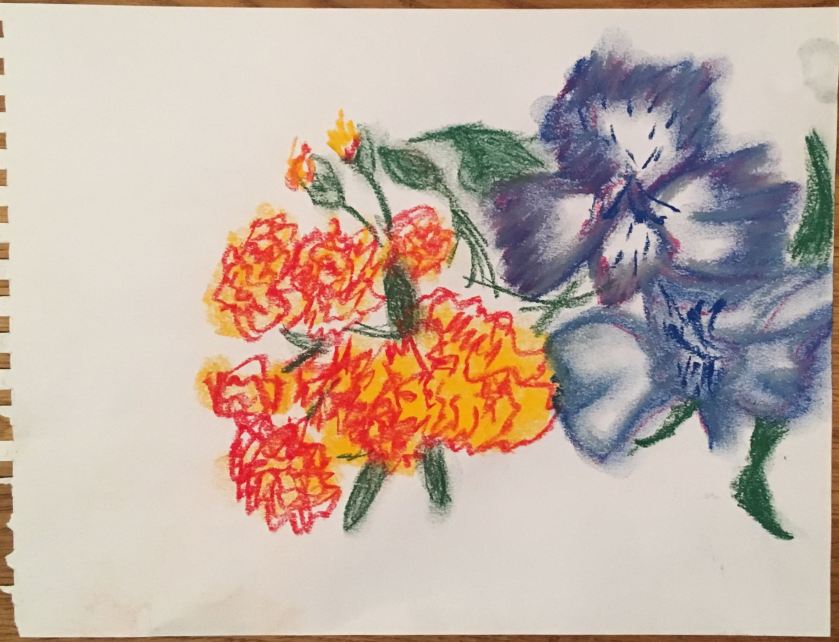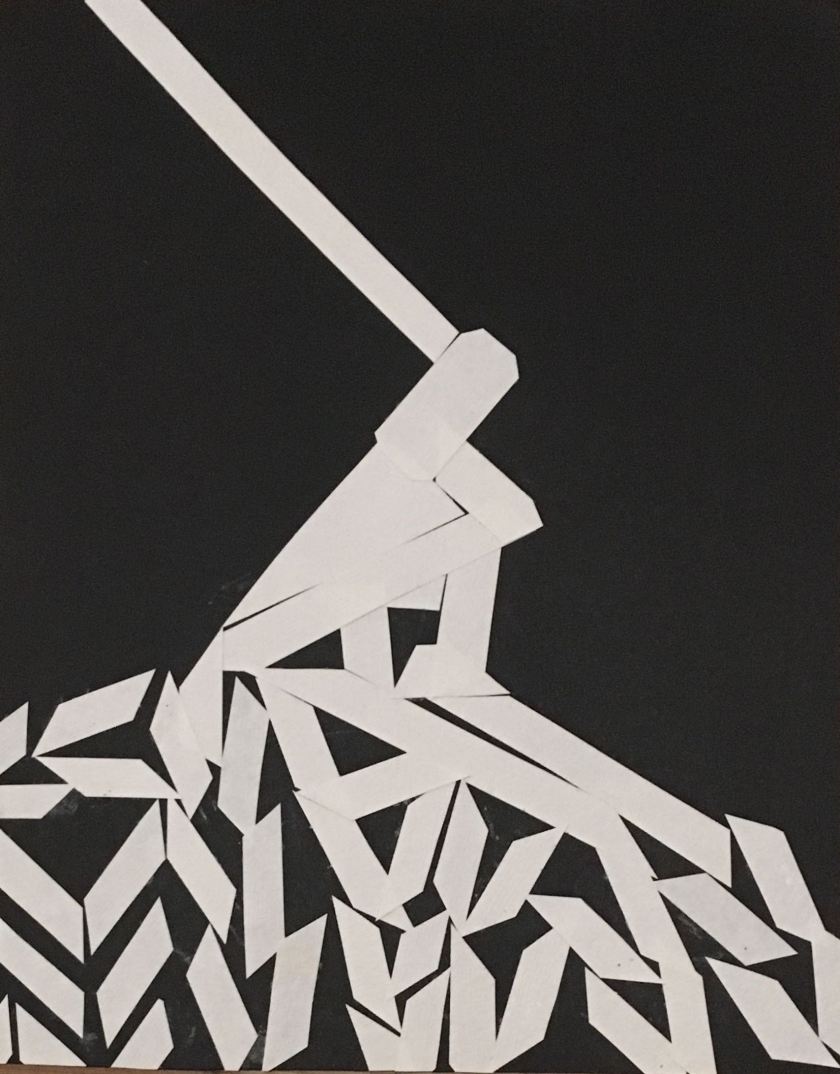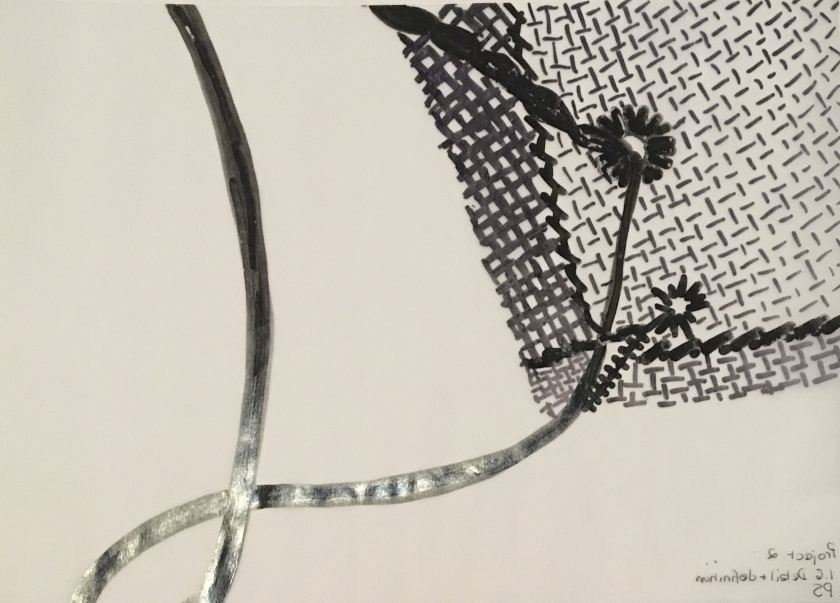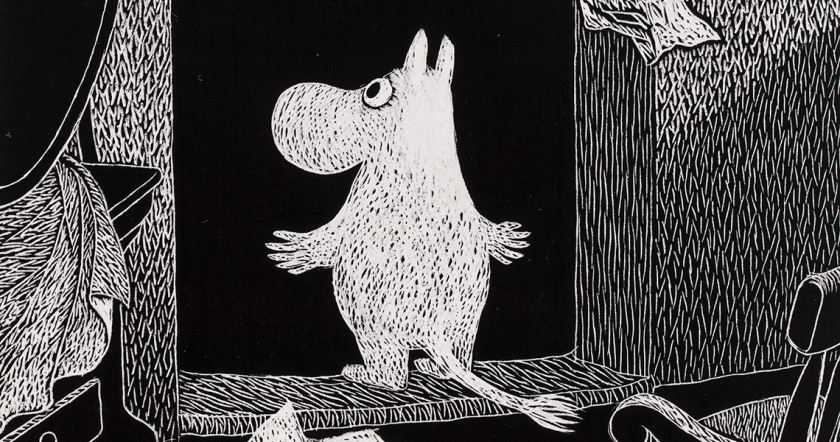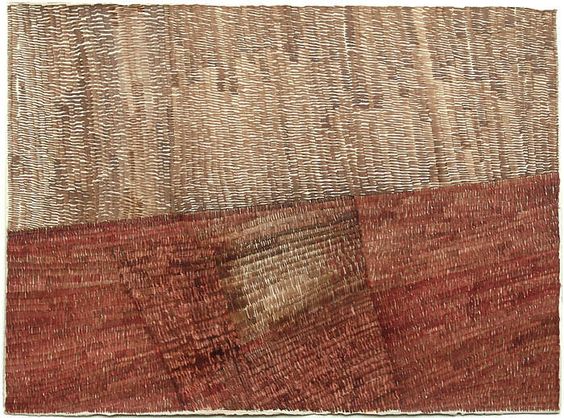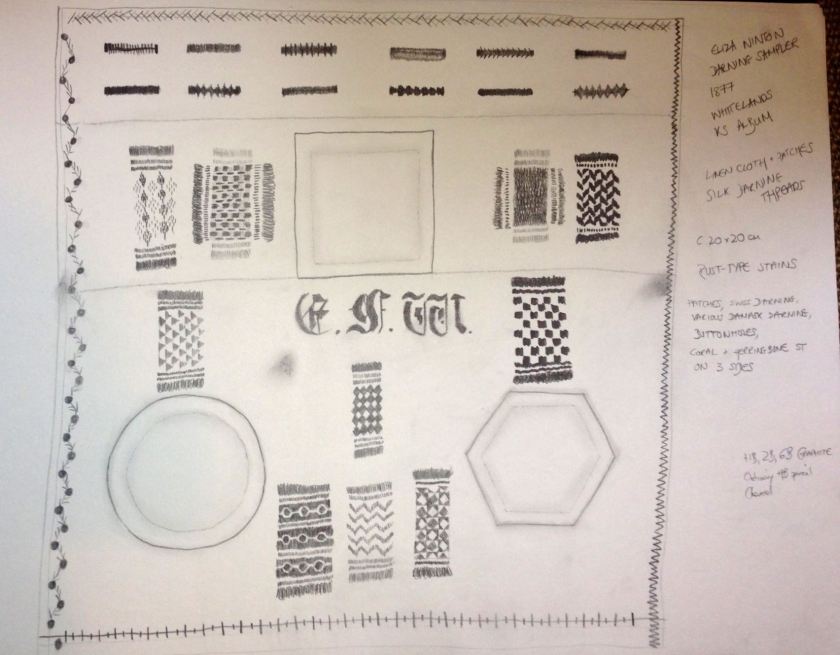Below is my reflection on Part 1 and, below that, the 10 drawings I have chosen to submit for comment (in chronological order for each subject). I completely misunderstood the difference between Assignment 1 and Part 1, thinking that the culmination of Part 1 was Assignment 1. I confess that I found the pace rather rapid for an estimated average 8 study hours per week, but thought perhaps I just worked rather slowly! I also had specific and particular time constraints, which end tomorrow, and which also made it difficult for me to reach the end of Part 1 in what I thought was the designated timeframe. I now realise my error but, having persevered, made it to the end of Part 1 and feeling that I have made significant progress, I am reluctant to backtrack greatly. Also, having looked ahead, I think I have enough to work with on subsequent exercises/parts although, now seeing I have plenty of time, I may revisit the final botanical drawing exercise before moving on to Part 2. I will make that decision when I review my collected drawings.
Reflection
I need to focus on ‘loosening-up’ my drawing, because when I do the results are far more interesting and dynamic. I think I have made progress with this, my first small, feint, tentative – and boring – drawings giving way to bolder, larger and/or larger scale representations as I came to understand that I was trying to capture essential qualities, not exact likenesses. Nevertheless, even when I try to draw quickly, I can end up making careful, detailed, time-consuming studies. While there is (obviously) a place for such detailed drawing, I need to be sure it is necessary for my purposes. Also, I might sometimes only have the opportunity to draw something very quickly and a number of rapid drawings from different angles will give me more to work with subsequently than the one careful drawing I could produce in the same time. I guess this will come with confidence and practice and, hopefully, the fact that I am conscious of it will also help.
However, I do think I’ve been fairly experimental. Across the Introductory Project and Part One, I have drawn on, over or with: plain, square, white, coloured, tissue, packaging and rice papers, pencils, charcoal, ink, markers, watercolours, tea, paprika, coffee, pastels, watercolours, rice, sandpaper, brushes, matchsticks, card spatulas, my fingers and on regular- and irregular-size surfaces from A5 to A1. (All but one of the examples below are A4 or A5, but experiments with other sizes are shown on other blog pages.)
I’ve learned a huge amount about the difference between looking and seeing and begun to understand how drawing really helps to see what’s really there, rather than what I think I’m seeing.
I’ve learned that I tend to line-draw and need to explore other methods, and that certain kinds of drawing are more effective for different objects and/or purposes.
My love of pattern has come to the front of my consciousness, as has my interest in the depiction of light (Petherbridge, Jacklin, Hockney), and I realise that I am seeing everything differently, seeking patterns in the arrangement of windows in buildings, of paving slabs, in the swirly formica on a café tabletop.
While still at the very start of this journey I feel that I have already come a long way. The enormous potential for further development, exploration and experimentation on the long road ahead is very, very exciting.
